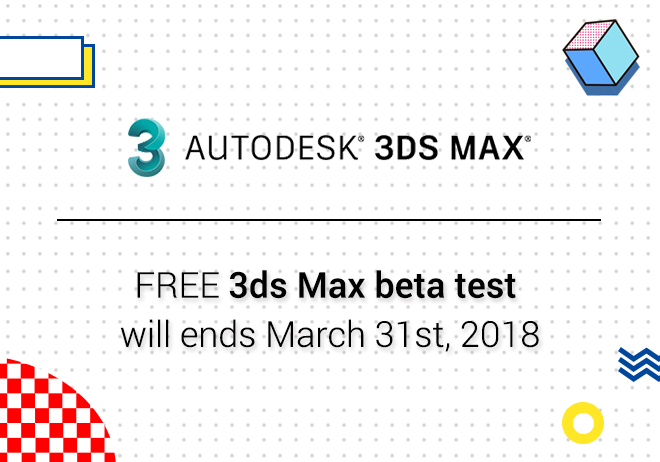
Renderwow
Hi, my name is Ali Atayikhah. Master of Science (MSc) in Architecture. I've been into the fascinating Max world since about 8 or 9 years ago. Before I got into this fascinating world of design, I did it manually by drawing. Of course, I'm still doing it right now as I'll sketch my work on the first sheet. I started teaching software architecture less than four years ago. I now accept about 20 to 30 students a year while trying to help them to the best of my ability....
I've done design in most countries around the world. I've been trying to experience different situations. I have experience in Arab countries like Kuwait, Lebanon and Iran, and I've done design in Europe and the United States as well. I'm happy to work in different countries.
And now I'm in the Varsaaz Collection that belongs to myself. Now I'm designing and teaching animation in my own architecture office. I offer to do design and rendering services.
1. What 3D modelling programs do you use?
My start is with 3DS Max software and so far I'm doing this with this program. But I also work with Maya. Both of this software have some special features, but because of the convenience of working with Max, I still work with this software.
2. What rendering software do you use, and why?
I use rendering software from VRAY and CORONA. Both of this software are the same. They both have different conditions. But when the speed of work is important to me, I use Corona, but I use VRAY most often.
3. Through your years what was your most memorable project?
Perhaps your most difficult question is. Architecture and art are usually disciplines that each person creates for his design. And when you create something or produce something. It's usually bad too, because you're building your thoughts and hands. You will have a lot of interest. But I have a lot of interest in building different spaces. I would love the imagination of the spaces that need more creativity and more. I more challenging the project is the more I love it.
4. Where do you see yourself 5 years from now in this industry?
During these years, I have been trying to educate high school students, in addition to the different designs that they can make in their work. Because I will be it makes me glad when they are happy. In my field of work, I have also designed several architectural and animation projects. It was a pleasure and a special thing for me.
5. Any tips you can offer to artists out there that can help them in this industry?
Perhaps the best and most effective way to learn is to see and understand the realm of space and imagination of something that is going to be made. I always tell my students. To design a large number of different people's work, so they can look at each and every one. The power of their imagination Rise up.
Whenever you can imagine the material and texture and the light of the work you want to do, you will surely succeed.
6. Is there anything you would do differently in the past that would help the way you design now?
A lot of help came to me in knowing the material and seeing different things. Also, Kern's consultation with style-loving friends helped me work a lot.
7. Have you got inspiration from other artists? If so, who?
It's natural that I saw a lot of things to get started, and I've come across. And I even love a series of things. It's natural that there are a lot of people who have beautiful things. And they cannot be named since they are many.
I want to add a few extra points to this interview. For friends who want to enter this profession. Try to follow many people first. So, seeing good things, get to know your attitude. After finding the right way for you, try it out. Check out every effort. Ask for help from specialists. To begin with, I'll first examine everything that is noticeable in the project, and I will list everything. I try to transfer all of the above to my design. And I start designing handwriting. Then I'll design by hand. Made on paper. I fit the right scale. The final tip is try to closely observe many places for great work. Look closely at the buildings in the vicinity. Touch the materials to communicate with them.